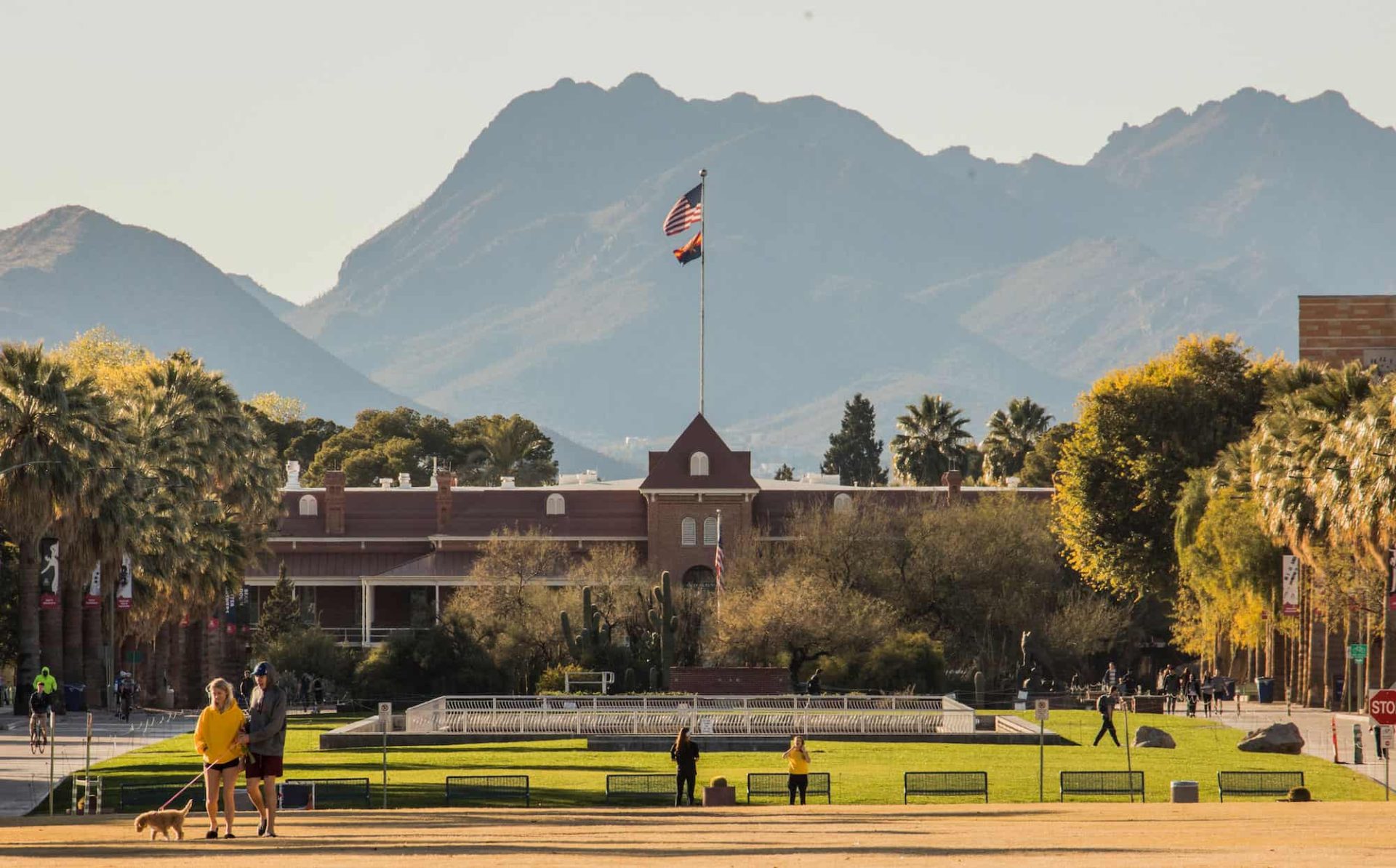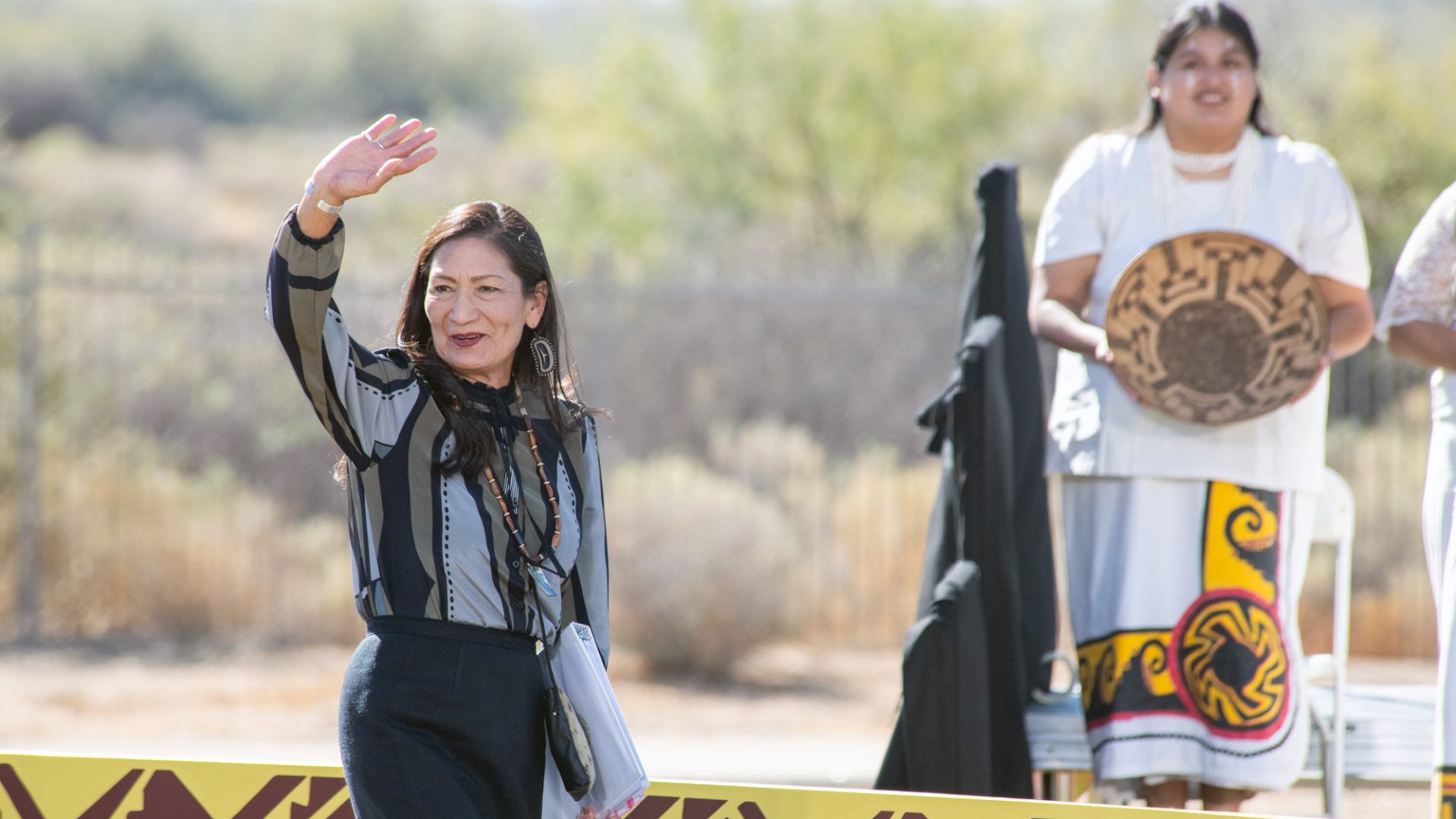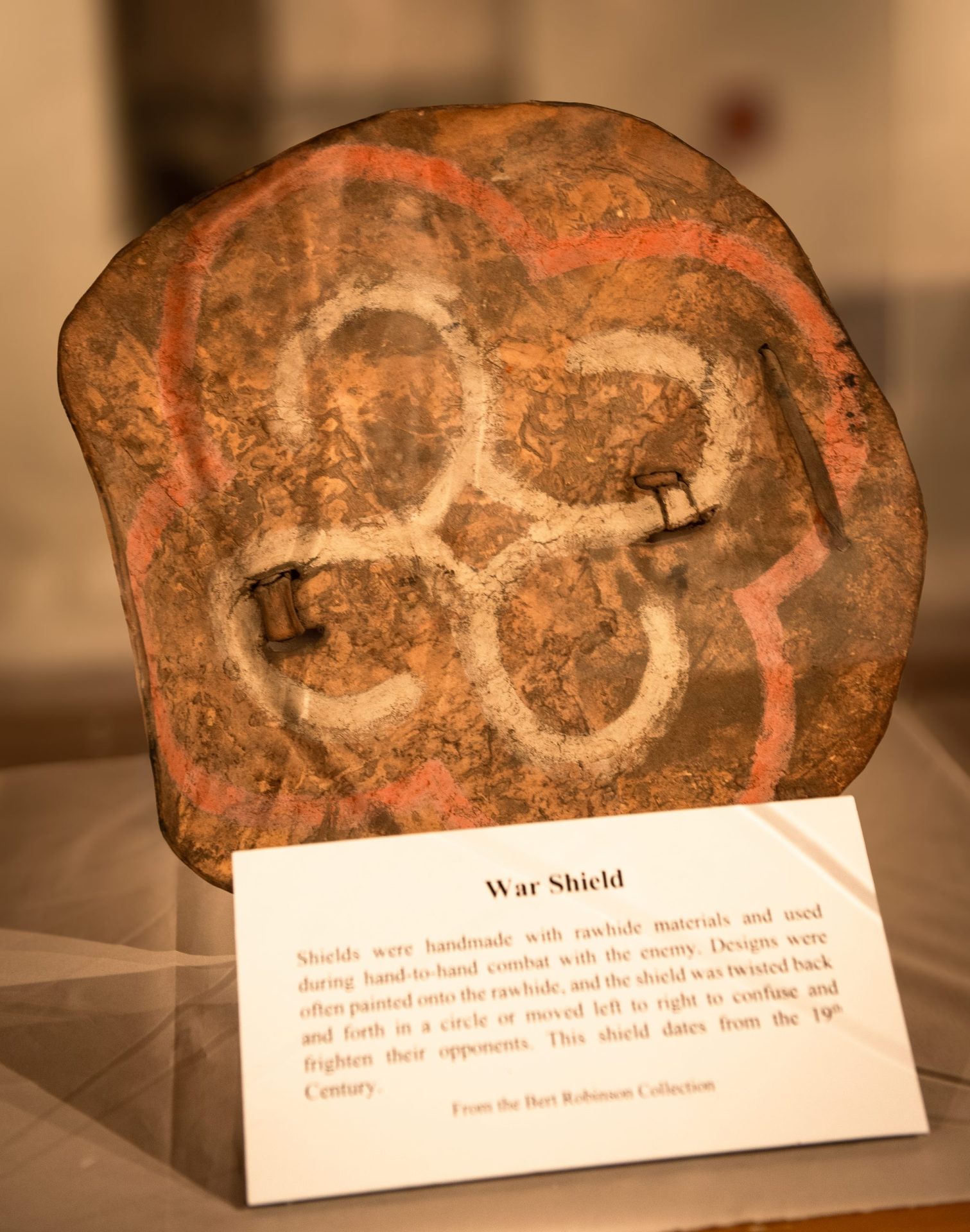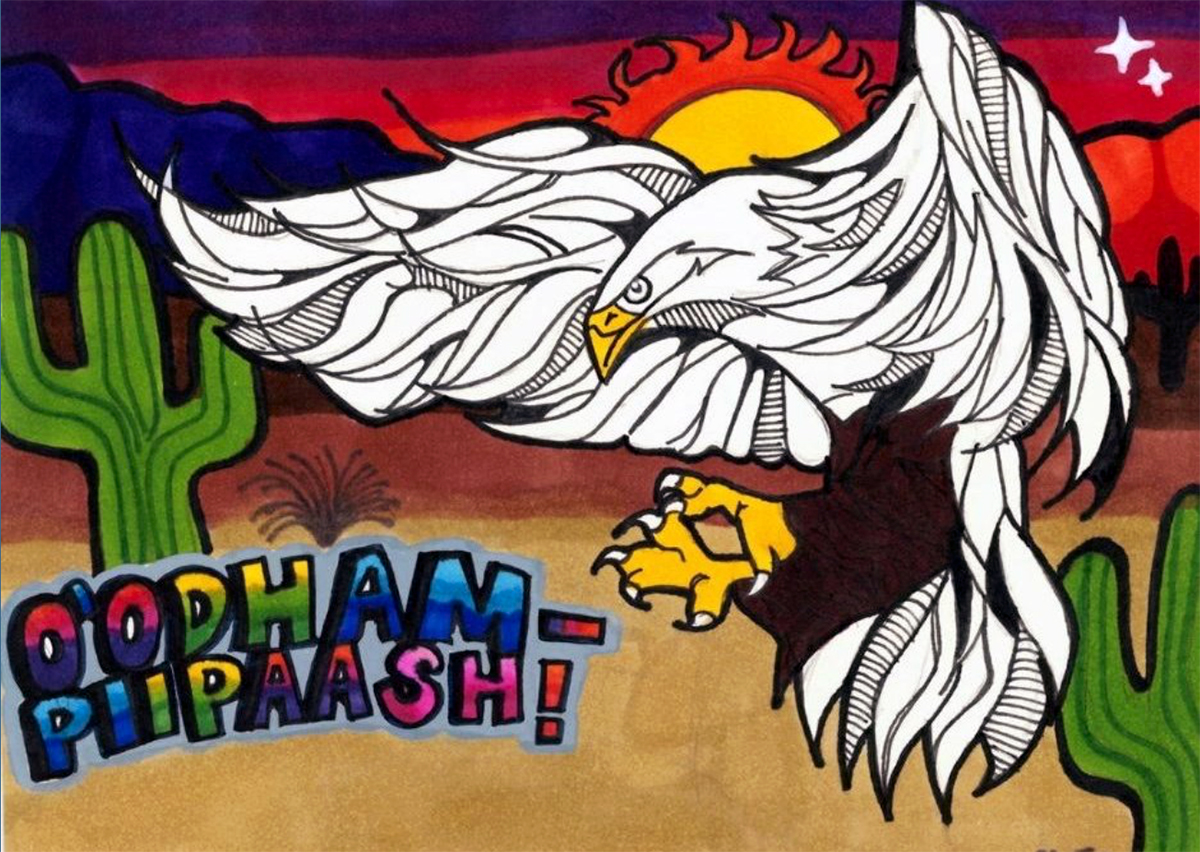VIEWS: 4701
August 5, 2021University of Arizona Releases Land Acknowledgement Statement
On its website, the University of Arizona has released an official statement that acknowledges Arizona’s 22 federally recognized Indian tribes and the Indigenous land that the main University and its satellite campuses around the state are built on.
Native American scholars and students at the university worked with the Tohono O’odham Cultural Preservation Committee and Pascua Yaqui Tribe leaders to craft the acknowledgement.
The statement reads, “We respectfully acknowledge the University of Arizona is on the land and territories of Indigenous peoples. Today, Arizona is home to 22 federally recognized tribes, with Tucson being home to the O’odham and the Yaqui. Committed to diversity and inclusion, the University strives to build sustainable relationships with sovereign Native Nations and Indigenous communities through education offerings, partnerships, and community service.”
The University of Arizona hopes to incorporate the statement on university websites, email signatures and presentation slides.
This new statement is different from the land acknowledgement statement unveiled on November 1, 2019, by the Association of Native American Medical Students (ANAMS) for the Arizona Health Sciences campus. That original statement is on a plaque on a main-floor wall of the Health Sciences Innovation Building.
“The students saw the new building dedication as an opportunity to make a statement that the Health Sciences campus and the UA are situated on traditional homelands of the two local tribes,” said Karen Francis-Begay (Diné), University of Arizona assistant vice provost for Native American initiatives.
One main difference between the two statements is that the original statement was from a group of students and the new statement comes from the university itself. Another change was recognizing all tribal nations in the state, rather than just two within the Tucson area. Based in Tucson, the university operates many satellite campuses and buildings across the Valley, such as a distance-learning location in Chandler, a distance-learning teaching location in Gilbert and the UA College of Medicine Phoenix Biomedical Campus in Phoenix.
The statement from ANAMS reads, “On behalf of all Native American Health Sciences students and the University of Arizona Health Sciences, we respectfully acknowledge the ancestral homelands of the Tohono O’odham Nation and we recognize the Pascua Yaqui tribe who resides within the Tucson community. Consistent with the University’s commitment to diversity and inclusion, we strive toward building relationships with Arizona’s tribal nations through academic pursuits, partnerships and community service. Our actions will recognize the past and lay the foundation for all future Indigenous Health Science students. We honor the tribal nations who have served as caretakers of this land for generations.”
Francis-Begay noted that the land acknowledgement trend started across the U.S. in 2017 and 2018 but had roots around the world. There was activism in other countries recognizing Indigenous peoples’ concern over land and water rights, notably with First Nations in Canada, Australia and New Zealand.
“Their institutions actually started with the land acknowledgements, whether it was speeches or on printed material. Eventually it came onto the scene in the U.S., and the universities were the first institutions to integrate them into their practice. So, all of a sudden you have this national focus on universities taking a position acknowledging that they are on Indigenous lands,” said Francis-Begay.
“A lot of Indigenous scholars and tribal communities got behind the importance of bringing visibility to the tribes in the regions where these institutions are located. With many American organizations across the country, it is known that they are on lands related to Native nations and tribal communities for a very long time. However, there is rarely an acknowledgement of that. I think, particularly for public land-grant institutions like the University of Arizona, to me that means that the institution has an obligation to serve the citizens of the state. The first peoples in Arizona would be our Indigenous peoples.”
Nathan Levi Esquerra (Chemehuevi Indian Tribe of California), University of Arizona senior vice president for Native American advancement and tribal engagement, serves as a liaison between the university, tribal governments, and regional and national tribal organizations. He has been in his role at the university for about nine months, and when he came on board, the institution was working on the lengthy draft process that comes with crafting an important statement like this one.
“I will say one of the things I enjoyed the most is, even though [tribal nations] might not always see eye to eye, it was the respect factor of interacting with [local tribal leaders], constantly following up with one another; I think that is so important for us to always do,” said Esquerra.
About a week after the recent acknowledgement came out, Esquerra said that he was on a conference call with the University of Washington talking about the statement. He noted that his biggest concern is that he doesn’t want the land acknowledgement to be just a check mark.
“I want it to be a living document that we refer to, that we grow from and continue to move forward with in our relationships [with tribal nations],” said Esquerra.
The University of Arizona’s land acknowledgement statement can be viewed online at www.as.arizona.edu/university-land-acknowledgement-statement.







